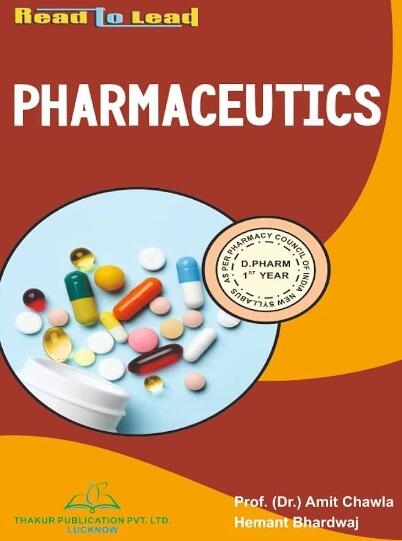在局部应用中输送 3-O-乙基 L-抗坏血酸的脂基凝胶
IF 4.9
3区 医学
Q1 PHARMACOLOGY & PHARMACY
引用次数: 0
摘要
本研究探讨了在两种脂质凝胶体系中加入 10% 3-O-ethyl L-抗坏血酸(ETVC)(维生素 C 的一种衍生物)的问题:一种是完全由脂质和水组成的水凝胶(HG),另一种是将水凝胶与由橄榄油和蜂蜡制成的油凝胶结合在一起的大凝胶(BG)。我们使用合成膜研究了这两种材料的 ETVC 释放曲线,并在体外测量了它们在猪皮肤中的渗透性。此外,我们还测定了这些脂质凝胶系统与角质层(SC)的相互作用。释放研究结果表明,与 HG 相比,BG 的 ETVC 释放速度较慢。渗透实验表明,配方中脂质的存在增强了 ETVC 在皮肤中的滞留。HG 向 SC 释放的量更多,而 BG 在表皮中的滞留量更大。这种差异归因于每种材料的亲脂性不同。对 SC 脂质的结构分析表明,表面脂质的组织结构在使用凝胶后没有改变。最后,使用亚甲基蓝对猪皮肤进行的体外药效测试表明,我们的 ETVC 凝胶具有抗氧化活性。这些发现为了解脂基凝胶在局部应用方面的潜力提供了宝贵的见解。本文章由计算机程序翻译,如有差异,请以英文原文为准。
Lipid-Based Gels for Delivery of 3-O-Ethyl L-Ascorbic acid in Topical Applications
This study explores the incorporation of 10% 3-O-ethyl L-ascorbic acid (ETVC), a derivative of vitamin C, into two lipid gel systems: a hydrogel (HG) consisting exclusively of lipids and water and a bigel (BG) combining the hydrogel with an oleogel made from olive oil and beeswax. We investigated the ETVC release profiles from both materials using synthetic membranes and measured their permeation through porcine skin in vitro. Additionally, the interaction of these lipid gel systems with the stratum corneum (SC) was determined. Results from the release study indicate that the BG exhibited slower ETVC release compared to the HG. The permeation experiments showed that the presence of lipids in the formulations enhanced ETVC retention in the skin. The HG delivered a higher amount to the SC, while the BG achieved greater retention in the epidermis. This difference is attributed to the different lipophilic nature of each material. The structural analysis of SC lipids revealed that the organization of surface lipids remained unaltered by the application of the gels. Finally, an in vitro efficacy test in porcine skin using methylene blue indicated that our ETVC gels exhibited antioxidant activity. These findings provide valuable insights into the potential of lipid-based gels for topical applications.
求助全文
通过发布文献求助,成功后即可免费获取论文全文。
去求助
来源期刊

Pharmaceutics
Pharmacology, Toxicology and Pharmaceutics-Pharmaceutical Science
CiteScore
7.90
自引率
11.10%
发文量
2379
审稿时长
16.41 days
期刊介绍:
Pharmaceutics (ISSN 1999-4923) is an open access journal which provides an advanced forum for the science and technology of pharmaceutics and biopharmaceutics. It publishes reviews, regular research papers, communications, and short notes. Covered topics include pharmacokinetics, toxicokinetics, pharmacodynamics, pharmacogenetics and pharmacogenomics, and pharmaceutical formulation. Our aim is to encourage scientists to publish their experimental and theoretical details in as much detail as possible. There is no restriction on the length of the papers. The full experimental details must be provided so that the results can be reproduced.
 求助内容:
求助内容: 应助结果提醒方式:
应助结果提醒方式:


